Symptoms
- Axial pain +/- radiculopathy: DDD often presents with axial LBP with or without radicular symptoms from a disk herniation.
- Paraspinal muscle spasm: Spasm of the paraspinous muscles may be a major component. Symptoms typically worsen with activity and are improved by lying still, at least briefly.
- Positive straight leg raise test: With a herniated disk, the straight leg raise test may be positive.
- L4-5 and L5-S1 herniations more common: Disk herniations most commonly affect L4-5, but L5-S1 are also routinely involved. Therefore, dermatomal and myotomal patterns often reflect an L5 or S1 radiculopathy.
- Cauda equina syndrome: Patients present with profound weakness or symptoms/signs of cauda equina (weakness, sensory deficits, bowel or bladder dysfunction).
Progression of Symptoms
- Increased severity with recurrence: The increase from the pediatric prevalence of 1.1–66% to 60–80% of adults having experienced back pain suggests a recurrent and increasing prevalence with time (1, 29). Most cases of initial onset LBP last less than a week and are not as severe (20, 21), but LBP often worsens in intensity with recurrence.
- Natural clinical course of herniated disk: Although the natural history of disk herniations is poorly understood, several adult series have suggested that 90% or more improve with conservative therapy (16,22). The largest pediatric series to date showed a slightly worse response rate than reported in the adult literature but suggested it was a reasonable initial response (5).
Please create a free account or log in to read 'Presentation of Degenerative Lumbar Disk Disease in Children'
Registration is free, quick and easy. Register and complete your profile and get access to the following:
- Full unrestricted access to The ISPN Guide
- Download pages as PDFs for offline viewing
- Create and manage page bookmarks
- Access to new and improved on-page references

